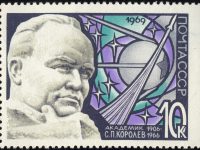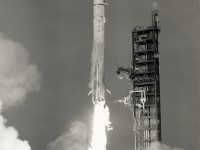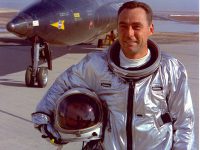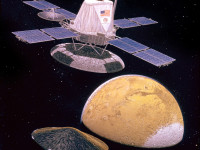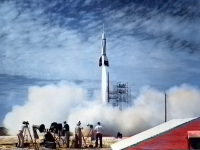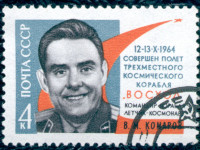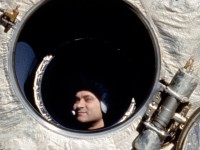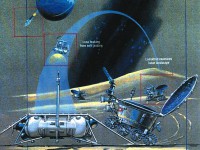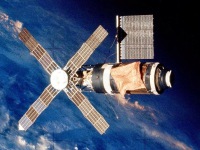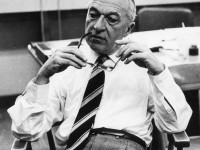Sergei Pavlovich Korolev – the Father of Practical Astronautics
On January 12, 1907, lead Soviet rocket engineer and spacecraft designer during the Space Race Sergei Korolev was born. Korolev is regarded by many as the “father of practical astronautics“. He was involved in the development of the R-7 Rocket, Sputnik 1,[1] launching Laika, Belka and Strelka and the first human being, Yuri Gagarin,[2] into space. “Today we are witnesses to the fulfillment of the dream that occupied some outstanding people, among them…
Read more

